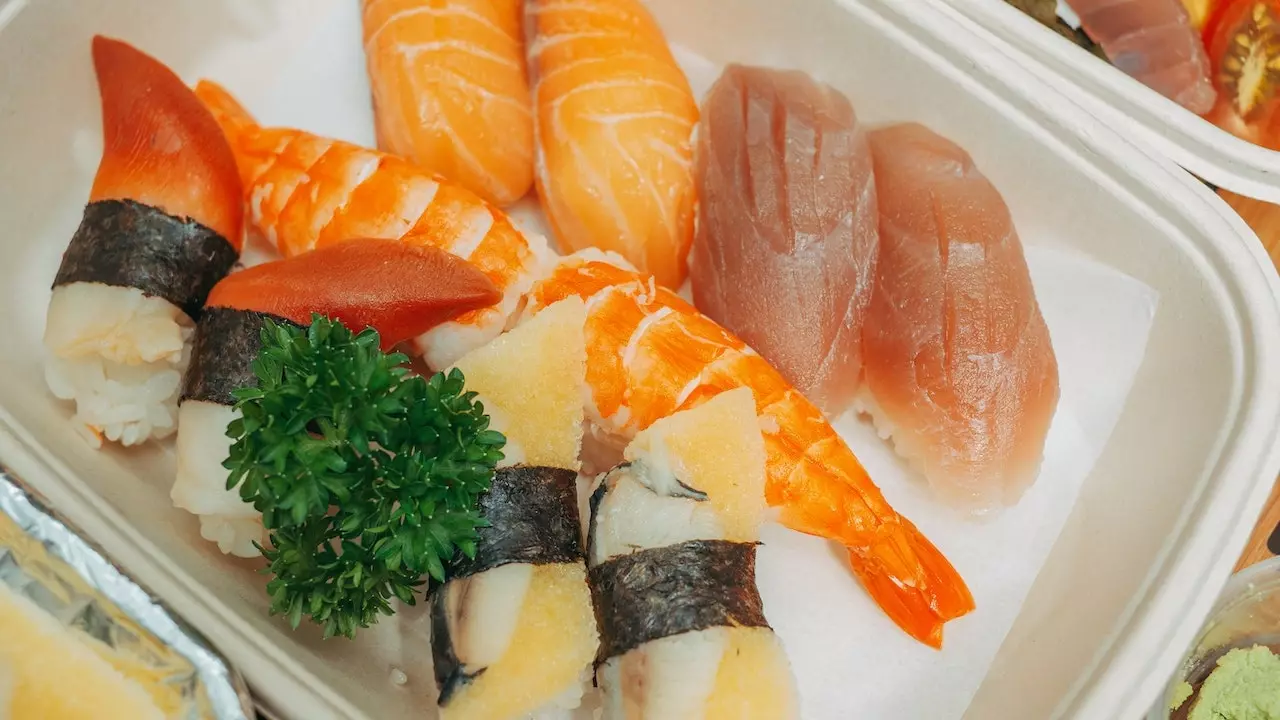Preserving Food Safely – If you use plastic containers to preserve leftover foods, you should leave that for now as it poses many dangerous health risks. This article will explain why you should not use plastic containers to preserve foods and how to preserve foods safely. So read this article to the end. First, let’s discuss the dangers of preserving food in plastic containers.
Dangers of using plastic containers for preserving leftovers.

Read Also: Sleep-Friendly Diet: Incorporate These 5 Essential Nutrients for Better Sleep.
Chemical leaching
Most plastic containers made using low-quality plastic material and not made for foods can leach chemicals into the food when they come into contact with heat, fatty or acidic foods. These chemicals, especially phthalates and BPA – bisphenol A, are concerned with various health problems such as developmental problems, hormone disruption, and increased risk of cancers.
Contamination
Plastic is a material that easily gets scratched or cracks, thus becoming the breeding place for various bacteria and microorganisms. As these little cracks and scratches become difficult to clean, thus can increase risks of cross-contamination and foodborne illnesses.
Poor insulation
Plastic containers are not a good source for preserving foods safely as they might not provide adequate insulation, thus leading to template fluctuation, which results in the growth of bacteria and can also spoil the food. It also can compromise the leftover foods’ taste and quality.
Environmental impact
Plastic containers not only have effects on our health, but they are also hurting the ecosystem. Because most plastics are not easily disposable, they contribute to the issue of plastic pollution, so if you are using plastic containers for preserving food safely and disposing of it. This results in the accumulation of non-biodegradable waste, which is resulting in harming wildlife and the ecosystem.
Longevity and durability
Plastic containers have only a limited time span, so using them frequently can cause wear and tear and reduce their effectiveness over time. So this can result in compromising preserving food safely and also can result in exposure to harmful substances.
Alternatives for Preserving Food Safely

Glass containers
Glass containers are the best if you are looking to preserve food safely as they are non-reactive, non-toxic, and do not leach chemicals into the food. Moreover, they are safe and eco-friendly options to preserve leftovers.
Stainless steel containers
Another best option for preserving food safely is stainless steel containers, which are durable, easy to clean, and resistant to bacterial growth. If you find something helpful for storing hot and cold things, then this is the option for storing both.
Silicone food bags
Silicone food bags are the best way to preserve food safely as they are non-toxic, and one of the best things is that they are reusable. You can use them to store leftovers in the freezer, fridge, and even microwave.
Beeswax wraps
These are another best alternative for preserving food safely as these are biodegradable and natural options for storing leftovers and are the best alternatives for plastic. You can use them to cover food bowls or wrap food items. Beeswax wraps are a breathable and sustainable food storage solution.
Tips for Preserving Food Safely

Use airtight containers
To preserve food safely, whether you choose containers of stainless steel, glass, or other alternatives, take care of one thing the container should be airtight, and there should not be any space for exposure to the air to maintain the quality and freshness of the food.
Label and date
When preserving food safely, you should adequately label the item and write down the date to use that item. This will help you track how long you should preserve this food and warn you not to use it after the expiry.
Store in proper conditions
While storing the leftover foods, you should remember the storage guidelines. These might be different depending on the food item. Raw meat should be stored separately, and the perishable items should be refrigerated at the right temperature.
Avoid overfilling
While storing the leftover food, remember not to overfill the container. You should always spare some space to allow for the expansion as it will help prevent leakage when preserving food safely.
Clean and sanitize
You should always clean your food container regularly to prevent the growth of bacteria and maintain proper hygiene.
So by choosing the safer alternatives to plastic bags and following the proper tips while preserving food safely, you can easily ensure the freshness and safety of your leftover foods by minimizing the potential health risks.
To get more of our exclusive content on Health Care and Lifestyle. Follow us on YouTube and Instagram.






